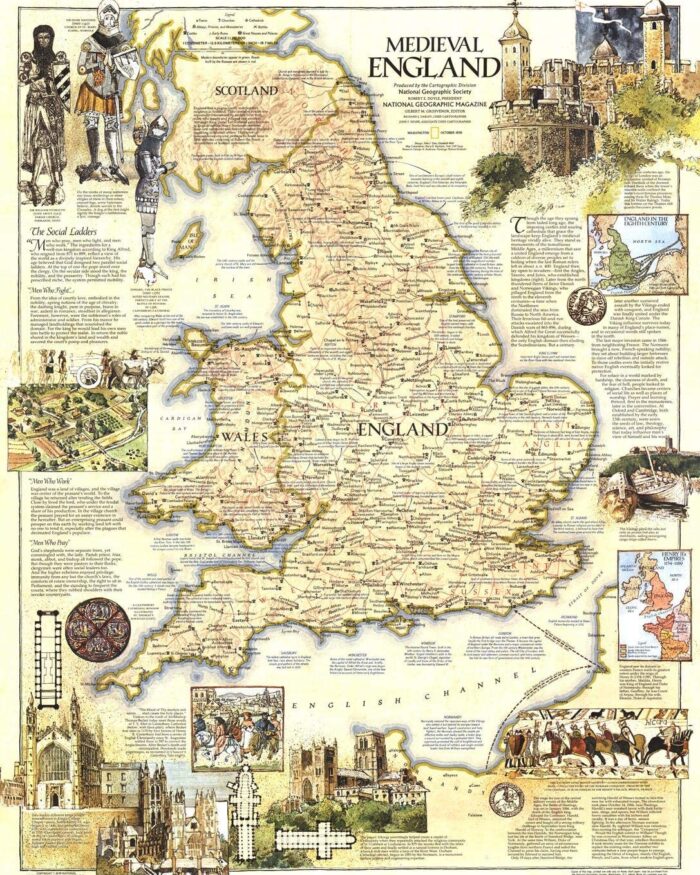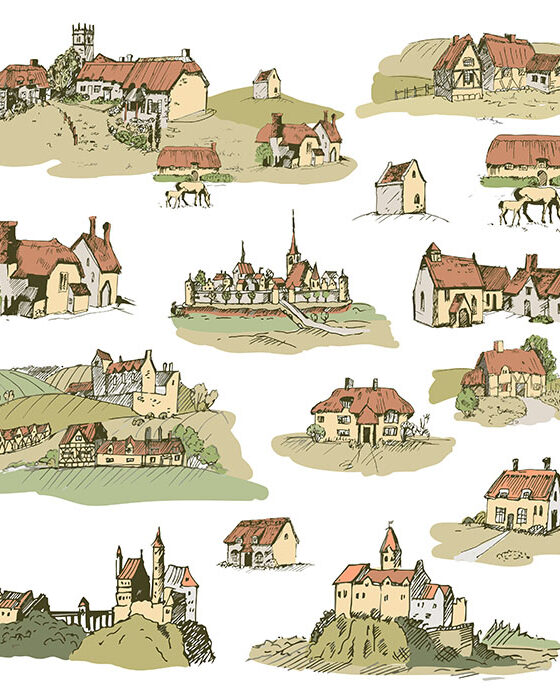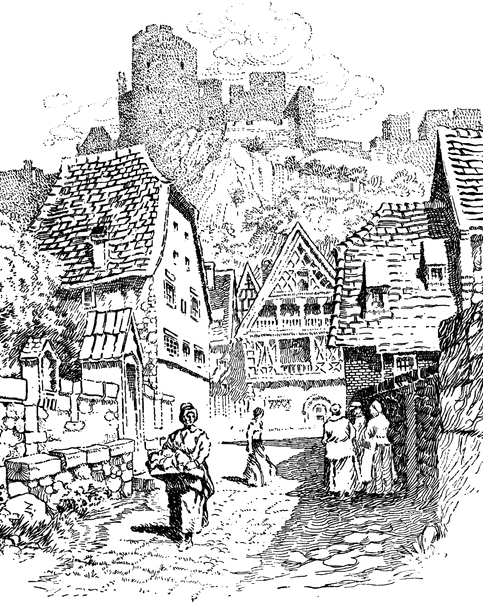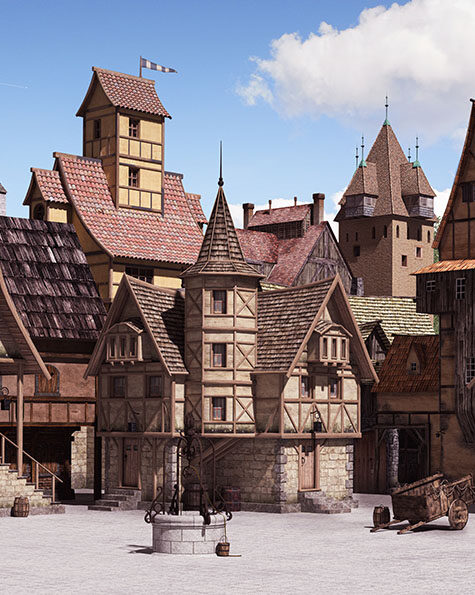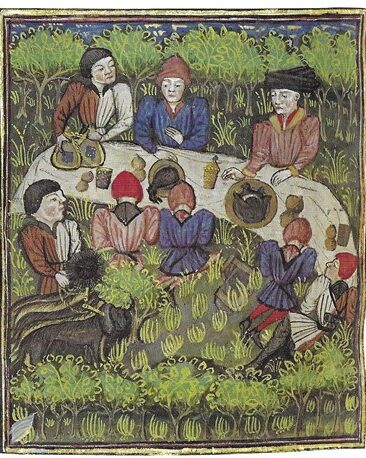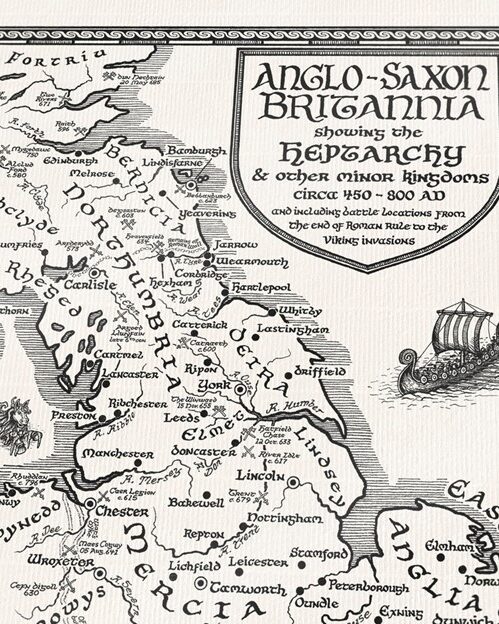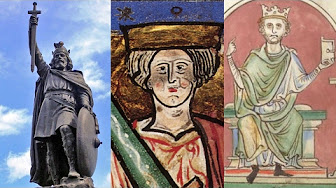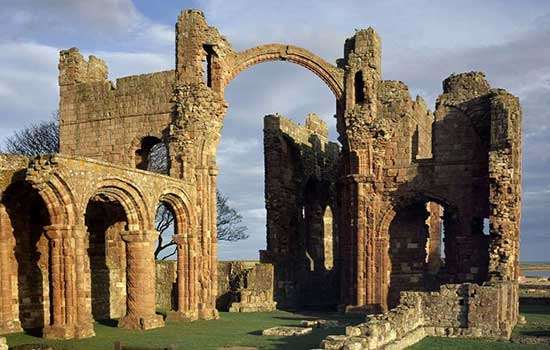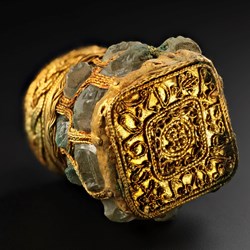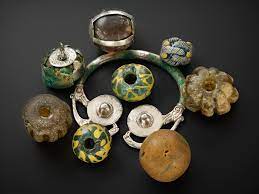Eadwig Does Not Last Long
Eadwig (also Edwy or Eadwige), birth 923 AD/crowned, 956 at age 15/death 959 at age 32/spouse, never married
House: Wessex/Father, Edmund I/Mother, Ælfgifu of Shaftesbury
Children: None
Reign: King of the English 955-957, Ruler of Wessex and Kent 957-959
The eldest son of King Edmund I (ruled 939–946) and the nephew of King Eadred (ruled 946–955), Eadwig, was probably no more than 15 years old at the time of his accession. One way historians determine whether or not an individual won the court’s favor in those days is to check and see if their name is on the witness lists to royal charters. During his reign, Eadred’s constant and persuasive advisor was Abbott Dunstan. Yet his name disappears completely from witness lists shortly after Eadwig takes the throne. Historical accounts maintain that Eadwig expelled Dunstan from Glastonbury and forced him to make his way across the channel to Flanders where he found refuge in the reformed monastery at Ghent.
Dunstan was not alone! At the beginning of Eadwig’s reign, additional elder counsellors to his predecessors were also banished. The most notable was his grandmother Eadgifu of Kent who he drove from court and dispossessed of her estates. A rival faction, led by Ælfhere, grew close to the king and Ælfhere was promoted to the influential role of Ealdorman of Mercia.
Eadwig’s regime was unstable and royal charters indicate that rather than fight to maintain his leadership role, he chose to grant away massive amounts of land to buy political support. Apparently, this strategy did not work well and former leaders began to arouse support for Eadwig’s younger brother, Edgar. Civil war was avoided when a great council met and decided to partition the country. Eadwig retained control of Wessex and Kent, but Edgar became the new king of Mercia and Northumbria.
With Edgar now ruling north of the Thames, the old guard returned to power. Eadgifu of Kent reclaimed her confiscated estates and Dunstan was promoted to bishop. According to the Anglo-Saxon Chronicle, Archbishop Oda dissolved the marriage of Eadwig and his wife stating that they were too closely related. Before he could find a new wife and father an heir, Eadwig suddenly died and Edgar replaced him as ruler. Dunstan’s biographer wrote that Edgar was “chosen by both peoples as the rightful heir” and “united the divided kingdoms beneath him under one sceptre.” (The Anglo-Saxons, p. 297)

“Called Eadwig” in National Portrait Gallery

